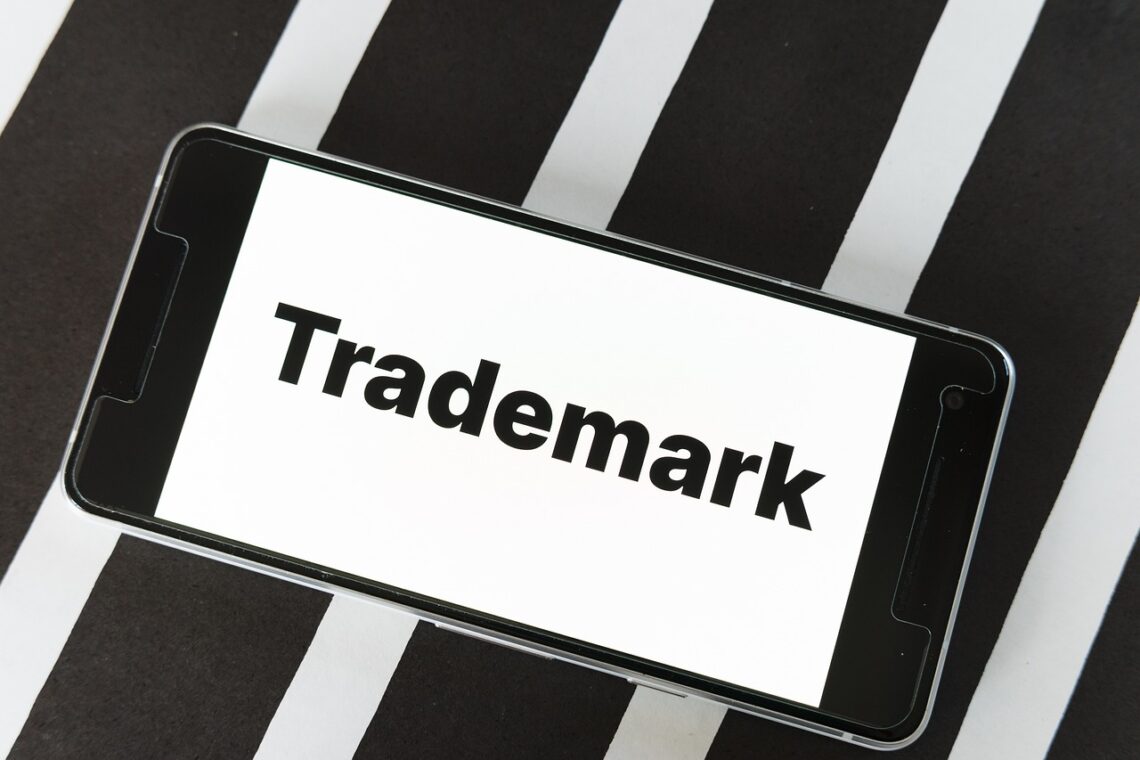
Creating Brand Identity Through Graphic Design
Establishing a strong brand identity is crucial for businesses of all sizes. Your brand identity is more than just a logo or a catchy slogan; it’s the overall perception of your brand by the public. Graphic design plays a pivotal role in shaping this perception and creating a memorable and cohesive brand identity. Let’s explore how you can leverage graphic design to build a powerful brand identity that resonates with your audience.
Understanding Brand Identity
Brand identity encompasses all the visual and verbal elements that represent your brand. This includes your logo, color scheme, typography, imagery, and overall design aesthetic. These elements work together to create a distinctive image that sets your brand apart from competitors and communicates your brand values and personality.
The Role of Graphic Design in Brand Identity
Graphic design is the art of using visual content to communicate messages. In the context of brand identity, graphic design helps convey your brand’s story, values, and personality through carefully crafted visuals. Here are some key aspects of graphic design that contribute to creating a strong brand identity:
Logo Design
Your logo is the cornerstone of your brand identity. It’s often the first thing people associate with your brand, making it essential to have a well-designed logo that reflects your brand’s essence. A good logo should be simple, memorable, versatile, and timeless. It should also work well across different mediums and sizes, from business cards to billboards.
Color Palette
Colors evoke emotions and play a significant role in how your brand is perceived. Choosing the right color palette is crucial in creating a cohesive and recognizable brand identity. Each color carries its own psychological associations – for example, blue often represents trust and professionalism, while red can evoke excitement and passion. Consistently using your brand colors across all touchpoints helps reinforce your brand identity.
Typography
Typography, or the style and appearance of text, is another vital element of brand identity. The fonts you choose should align with your brand’s personality and be easy to read across different formats. A consistent typographic style in your logo, website, marketing materials, and other brand assets contributes to a unified and professional look.
Imagery and Graphics
The images and graphics you use in your branding should reflect your brand’s values and resonate with your target audience. Whether it’s photographs, illustrations, or icons, make sure they are high-quality and consistent in style. Consistent use of imagery helps create a visual language that your audience can easily recognize.
Brand Guidelines
To maintain consistency in your brand identity, it’s essential to have a comprehensive set of brand guidelines. These guidelines should cover all aspects of your visual identity, including logo usage, color palette, typography, imagery, and tone of voice. Providing clear guidelines ensures that everyone involved in creating your brand’s visuals adheres to the same standards, maintaining a cohesive brand image.
Steps to Create a Strong Brand Identity Through Graphic Design
1. Define Your Brand’s Core Values and Personality
Before diving into the design process, it’s crucial to have a clear understanding of your brand’s core values, mission, and personality. Consider what makes your brand unique and what message you want to convey to your audience. This foundation will guide all your design decisions.
2. Research Your Target Audience and Competitors
Understanding your target audience is essential in creating a brand identity that resonates with them. Research their preferences, behaviors, and needs to tailor your design choices accordingly. Additionally, analyze your competitors to identify opportunities to differentiate your brand and stand out in the market.
3. Create a Visual Identity
Start by designing your logo and then move on to selecting your color palette, typography, and imagery. Ensure that all these elements work harmoniously together and reflect your brand’s personality. Remember to keep it simple and versatile.
4. Develop Brand Guidelines
Once your visual identity is established, create a set of brand guidelines that outline how to use your brand elements consistently. Include examples and clear instructions to ensure everyone involved in your brand’s communication follows the same standards.
5. Apply Your Brand Identity Consistently
Consistency is key to building a strong brand identity. Apply your visual elements consistently across all touchpoints, including your website, social media, packaging, advertising, and marketing materials. This consistency helps build brand recognition and trust among your audience.
6. Evolve Your Brand Identity
As your brand grows and evolves, your brand identity may need to be updated to stay relevant. Keep an eye on design trends and be open to refreshing your visual identity when necessary, while maintaining the core elements that make your brand recognizable.
Conclusion
Creating a strong brand identity through graphic design is a strategic process that requires careful planning and execution. By defining your brand’s values, understanding your audience, and consistently applying your visual elements, you can build a cohesive and memorable brand identity that sets you apart from the competition. Remember, your brand identity is more than just visuals – it’s the embodiment of your brand’s story and values. Use graphic design to bring that story to life and connect with your audience on a deeper level.





